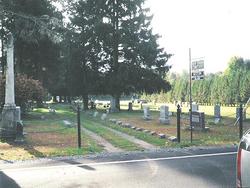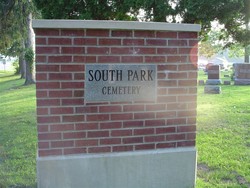© Gary Carner. Copyright Protected. All rights reserved.
First, a happy July 4th holiday to all. Over the last few weeks I’ve been busy making significant refinements to Chapter 1 of my Pepper Adams biography. My final reader suggested numerous changes to the chapter. Fortunately, Chapters 2 and 3 remained unscathed!
Mostly, my long and somewhat tangential history of Detroit from 1694 to the mid-1950s, “Detroit Drives the Nation,” has been removed. It’s now posted at pepperadams.com: http://www.pepperadams.com/
I made other, more subtle improvements to my manuscript. I think the first chapter is now much tighter and better focused on Adams. As of now, only my Preface needs some work before I can finally add a few last things from the interviews I conducted with a few Detroiters. Then it’s time to begin the second half of the bio, 1956-1986.
In addition to the new article posted about Detroit, other upgrades have been made to http://www.pepperadams.com/ since May’s blog. The Dedications page (http://www.pepperadams.com/
Thanks to all of them for providing the music samples and lead sheets. All that now remains is posting four remaining pieces: Thad Jones’ dedication, “Two As One,” and those done by Alain Cupper, Osian Roberts and Pete Lukas. If anybody else out there has written a dedication to Pepper Adams, please let me know and we’ll post it.
In a few previous posts I promised to share some of the comments about Pepper that were made by the saxophonist Doc Holladay and the drummer Eddie Locke in interviews I conducted many years ago. Here’s a few gems from Holladay:
Pepper was a very talented cat. He knew he was talented, I think. I always had the feeling that Pepper really knew how talented he was, and it was a frustration for him to realize that people didn’t appreciate him.
I personally feel he was the greatest ‘change player’ in the world, as far as playing changes. I don’t know anybody who could touch him. . . . He could play twenty or thirty choruses without ever repeating himself.
On gigs with Holladay. Pepper liked to play a blues, and cycle through all twelve keys, each chorus in a different key (F to B-flat to E-flat, etc). It was just phenomenal!
Pepper used the Service as a school, in a sense. Pepper would get his horn out and he would spend a lot of time in the barracks. His routine was he got a fakebook. He’d pick a tune, and he would learn that tune to where he really had it by memory, and then he’d start playing the tune. We’re talking about the melody now. He’d play that melody, and he’d start playing it in all different keys. So he had that tune in all kinds of keys and be comfortable with it. Then he’d start playing off the changes of the tune, and he’d start doing that until he’d get the changes down to where he could run the changes on the tune, and then he’d start to run that in all the keys. He would digest a tune, just take it apart, make it his own, and then he would go on to the next tune. All the time he was in the Service, in the band where I observed him, he was constantly doing that. A new tune every day or two. He could play for hours. The rest of the guys would go out to hang out and party, and Pepper would be in there taking a tune apart.
I don’t think I ever heard him run patterns as such.
As for Eddie Locke’s comments, here are some of his observations about Pepper and Detroit in the 1940s and 1950s:
You were always trying to get to the big joints: The Flame, The Frolic, the Chesterfield Lounge. Those were on John R. Chesterfield: Pepper played in there. Roland Hanna used to play in there . . . When you played on John R, that means you were getting established. You were jamming no more.
Sam’s and Joe’s Record Shops on Hastings St. had some recording studios in the back where they cut records.
A real jazz man will play his instrument no matter what. He’s gonna play. He’s not gonna make an excuse for not playing by saying, “Something is wrong. I can’t play.” If you love it so much, it doesn’t make any difference. No dollars, bad musicians, good musicians, mediocre musicians. You’re gonna blow!
Pepper just happened to also be a great player. But he was a real jazz man. That’s something different, even being a great player. . . A real jazz man is rare. That’s a lifestyle. That’s not just going to school, and that’s what Pepper was about. In Detroit, you played in the joints -- slop jobs in those old, funky places. That’s a jazz man. He wasn’t trying to play in Carnegie Hall every night. He was just going to play some music because he loved to play. . . . People wanted to play with him because he was jazz man.
There were so many scenes, different kind of bands, and it all becomes a part of you when you’re around it.










